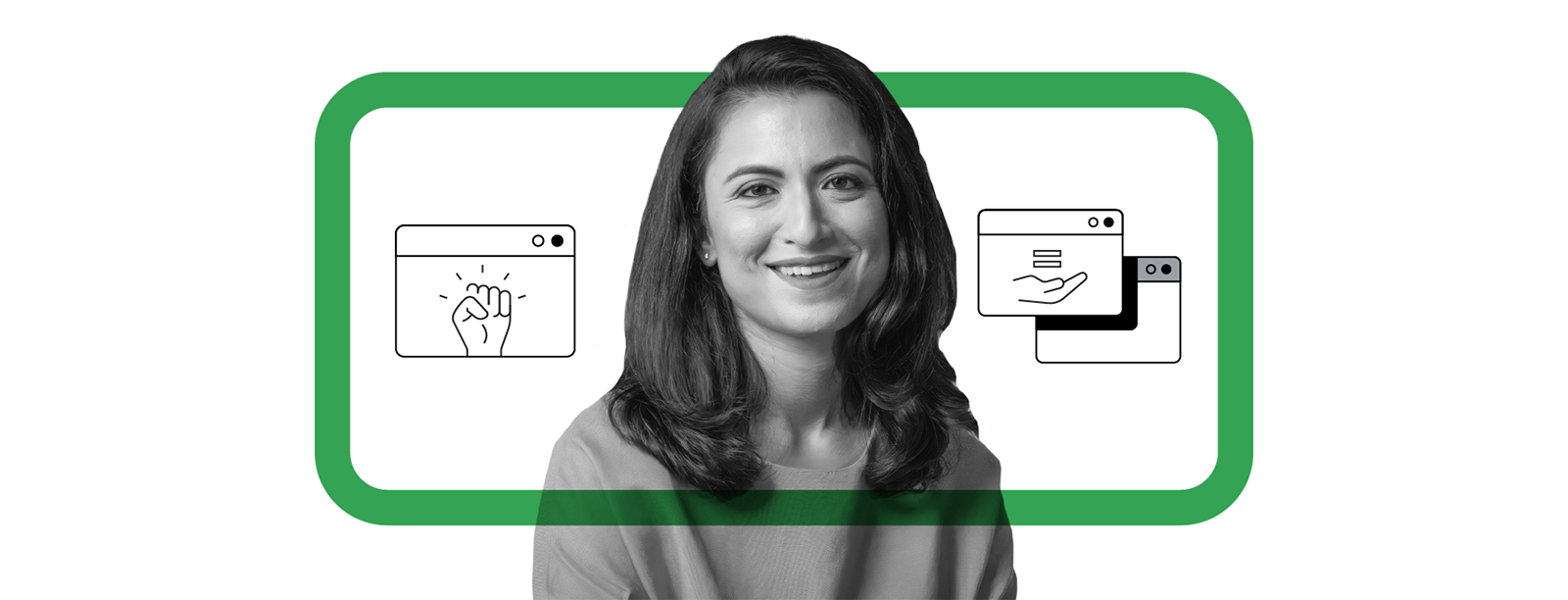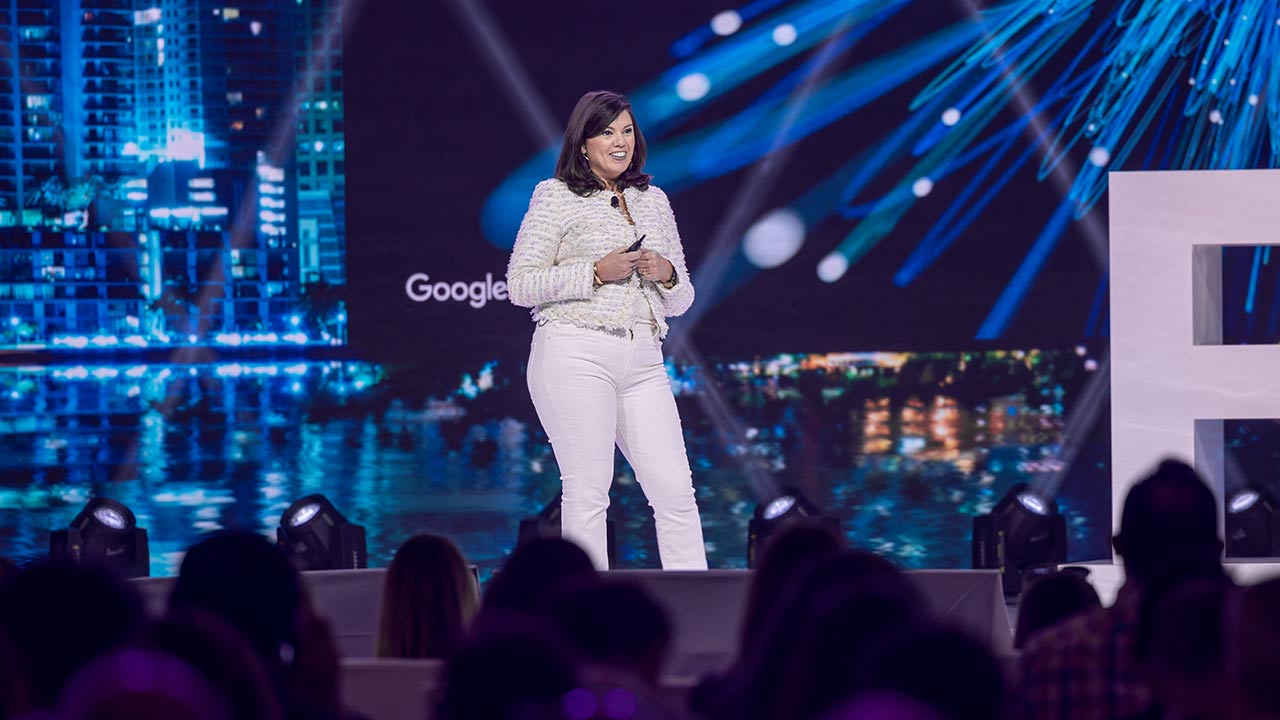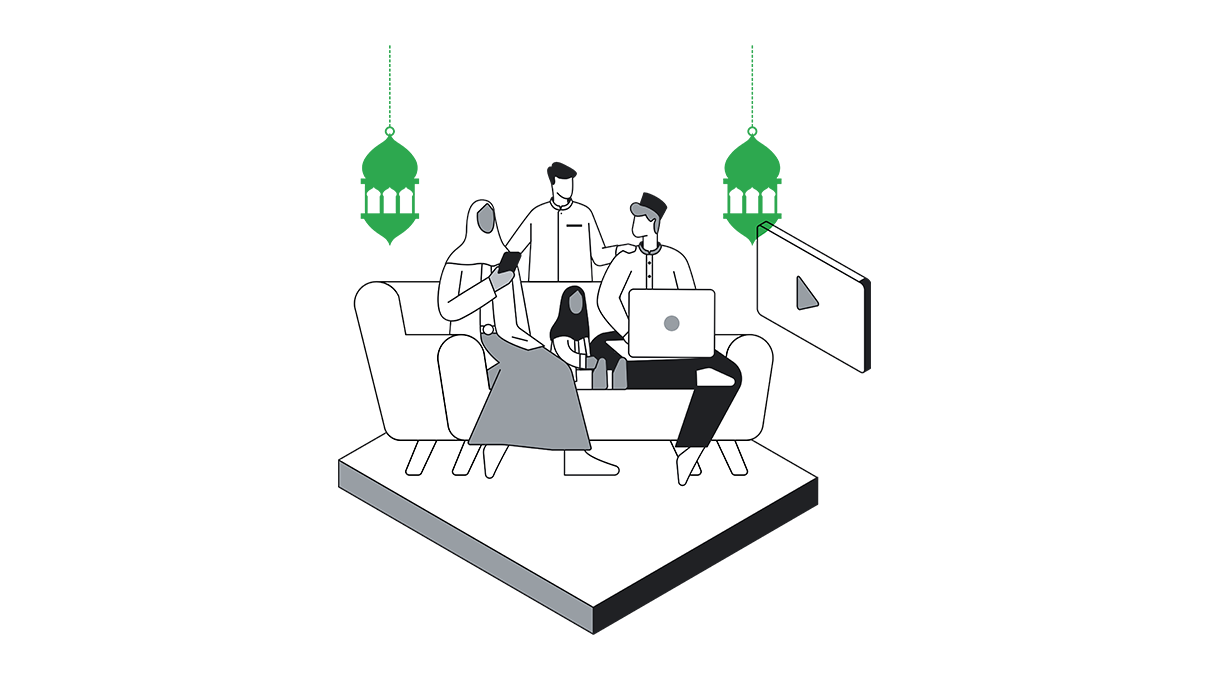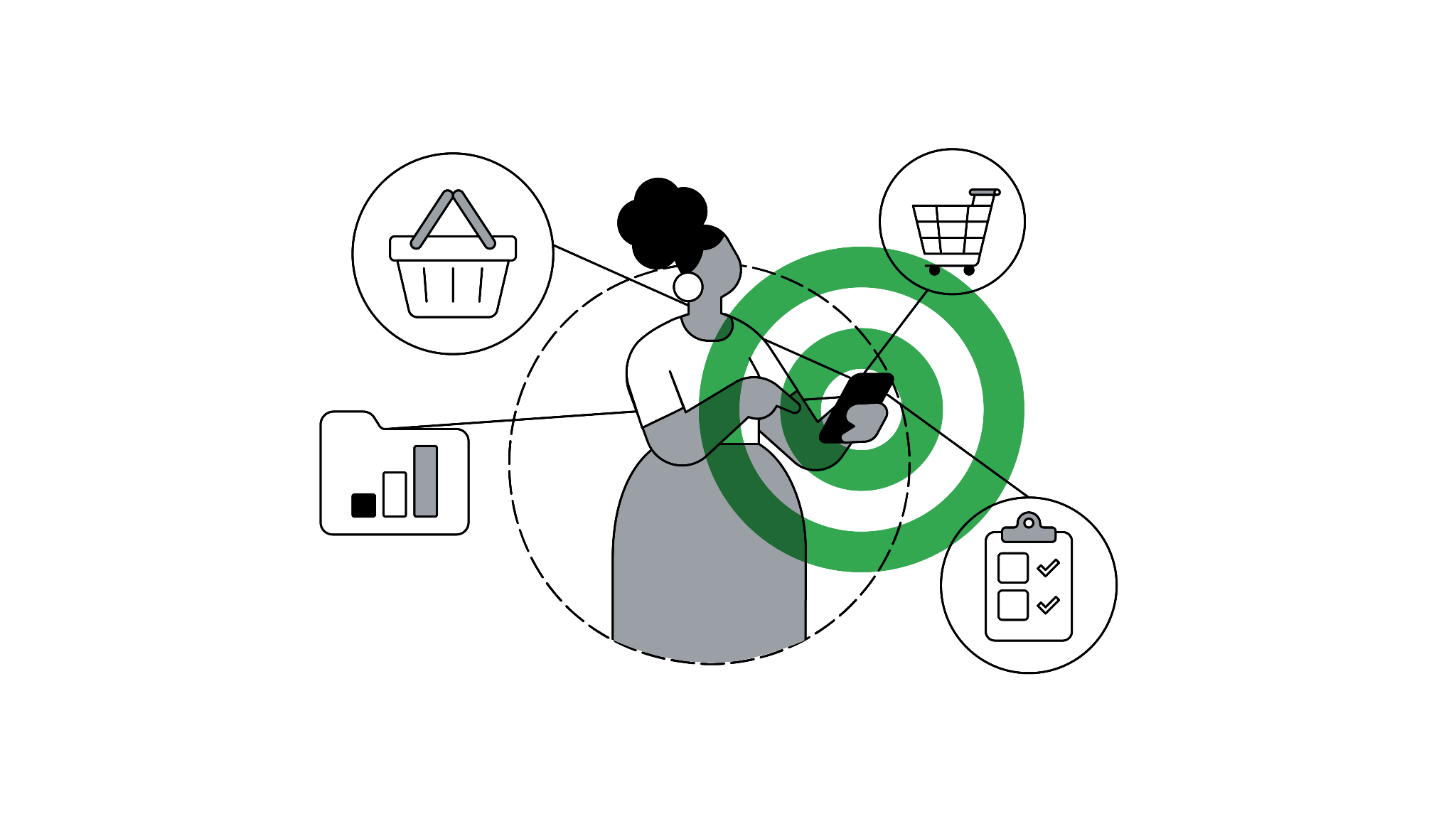
Shaifali Nathan, Google APAC’s director of large customer marketing and events, is passionate about women’s issues, and continuously working to be a strong role model to her three daughters.
“Mum, why aren’t there any Indian girls modelling these swimsuits?” asked my eight-year-old daughter. “That’s not very nice.”
We were shopping for her swimwear on an international brand’s website and her comment made me stop mid-scroll. She was right. None of the models in the product images shared our skin tone.
When we fail real people, we also fail our brand, because people will take their business elsewhere.
My daughter and I left the online store with an empty cart, and I was once again convinced that as marketers, the work we do doesn’t just affect bottom lines — it impacts people’s lives. We’re either advancing diversity, equity, and inclusion, or we’re setting it back. For my three daughters and the nearly 2.4 billion women lagging behind men in economic rights, I’ve chosen to put my back into improving women's equity.
Gender equity might be widely discussed today but there's room for more to be done in marketing and advertising to make everyone feel included. After all, when we fail real people, we also fail our brand, because customers — like my daughter — will take their business elsewhere.
To walk the talk on representation and inclusion as marketers, I've found that it boils down to the choices we make every day. Whether it’s setting quantifiable goals, challenging stereotypes, or representing real women, every action goes a long way.
Choose to set quantifiable goals toward women’s equity
Equity doesn’t happen by default. In my experience, setting a specific goal helps people consider their choices more carefully and focus their work toward a tangible outcome.
To increase women’s equity at our marketing events, my team made it our goal to have at least one in three speakers be female.
It’s no secret that more can be done when it comes to female representation at industry events. While event organisers claim that it’s not easy to find senior leaders who are women, I’ve found that setting a quantifiable goal on female representation drives change.
To increase women’s equity at our marketing events, my team made it our goal to have one in three speakers be female, and we quickly saw change. Teammates became more intentional about inviting female senior leaders to headline events. In fact, I was surprised that in some cases, we were able to meet our stretch goal of having one female speaker for every male one.
But goal setting isn’t enough to create a sustained movement; we must rally others behind the purpose of the goal. For instance, when our Vietnam Country Marketing Manager, Tammy Phan, was invited to an important industry panel as the only woman among four panellists, I encouraged her to speak with the organiser about our representation goals and purpose. By sharing about our belief in raising women’s equity, she successfully inspired the organiser to invite another female expert to join the panel.
Choose to challenge traditional gender roles and tired stereotypes
To include women equitably, we must also challenge gender stereotypes in advertising. While we've made some progress in the roles women play in ads, men are still more likely to be shown in an occupation, with authority, and as leaders. Such depictions not only affect women but also brands.
Research shows that brands influence customer intent when they portray women positively. Those that represent people inclusively also connect better with younger audiences as more than 80% of Gen Zers in APAC would pay more for a product if the brand supports an issue they care about.
Recognising that women empowerment is an issue young Indians care about, Google India’s marketers released a short film that champions women’s equity. It shows how girls and women across the country can search for opportunities to break out of prescribed gender roles and become who they want to be: a girl with access to higher education, a businesswoman, or a professional earning equal pay as her male colleagues.
The inspiring video earned more than 26 million views in just six months, and positive sentiment toward Google India rose 30%, or 5X more than average. When brands choose to represent women respectfully and appropriately, everyone wins.
Choose to represent women as they truly are
Especially when it comes to women’s portrayal in advertisements for beauty and fashion, marketers can do more to reduce the gap between aspiration and reality.
Women’s real lives aren’t always primped, plucked, or filtered, so marketers shouldn’t choose to promote unattainable standards. Consumers appreciate relatable ads, with 86% of beauty product users looking for ads that show realistic signs of ageing. As marketers and advertisers, we have an opportunity to step up and stand out by showcasing female beauty in progressive ways.

Nike, for example, created an inclusive shopping experience for women and let them know that they didn't have to be a specific size, shape, or age to wear fitness clothing. Along with a plus-size section on its website, it introduced mannequins of different shapes and sizes at its offline stores. By better representing real people, it helped people see themselves as Nike athletes and feel more deeply connected to the brand.
Committing to diversity, equity, and inclusion, however, can mean making choices that aren’t always the most intuitive or obvious. So we've been compiling our lessons and insights on inclusive marketing into a toolkit, and we’ll soon have APAC-specific examples and tips for marketers across the region. Whether you’re a senior business leader, marketer, or creative, I hope you’ll join me in choosing, daily, to make a difference to the lives of women and brands in APAC.
Contributors: Meenakshi Iyer, Senior Performance Media Manager for Media Lab; Pooja Gidwani, Product Marketing Manager for Small and Medium Business






